Creative Alternative to Rendering a Garden Wall
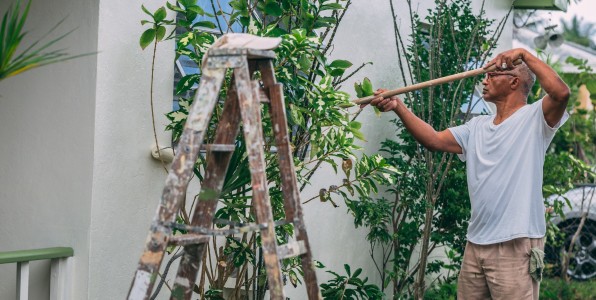
Creative Alternative to Rendering a Garden Wall
The post Creative Alternative to Rendering a Garden Wall appeared first on UK Construction Blog.
Tired of the same old garden wall? Want to breathe new life into your outdoor space? Get ready to explore a world of creative options, including an alternative to rendering a garden wall. From textured pebbledash to vibrant living walls, we’ve got you covered with unique and personalized garden wall solutions that will leave your neighbours green with envy.
Key Takeaways
- Explore creative alternatives to rendering for your garden wall, such as pebbledash and roughcast.
- Add style & functionality with cladding or living walls, fencing & screens, or painted murals.
- Compare the pros/cons of each option and maintain it properly for long lasting results!
Understanding Rendering: Pros and Cons
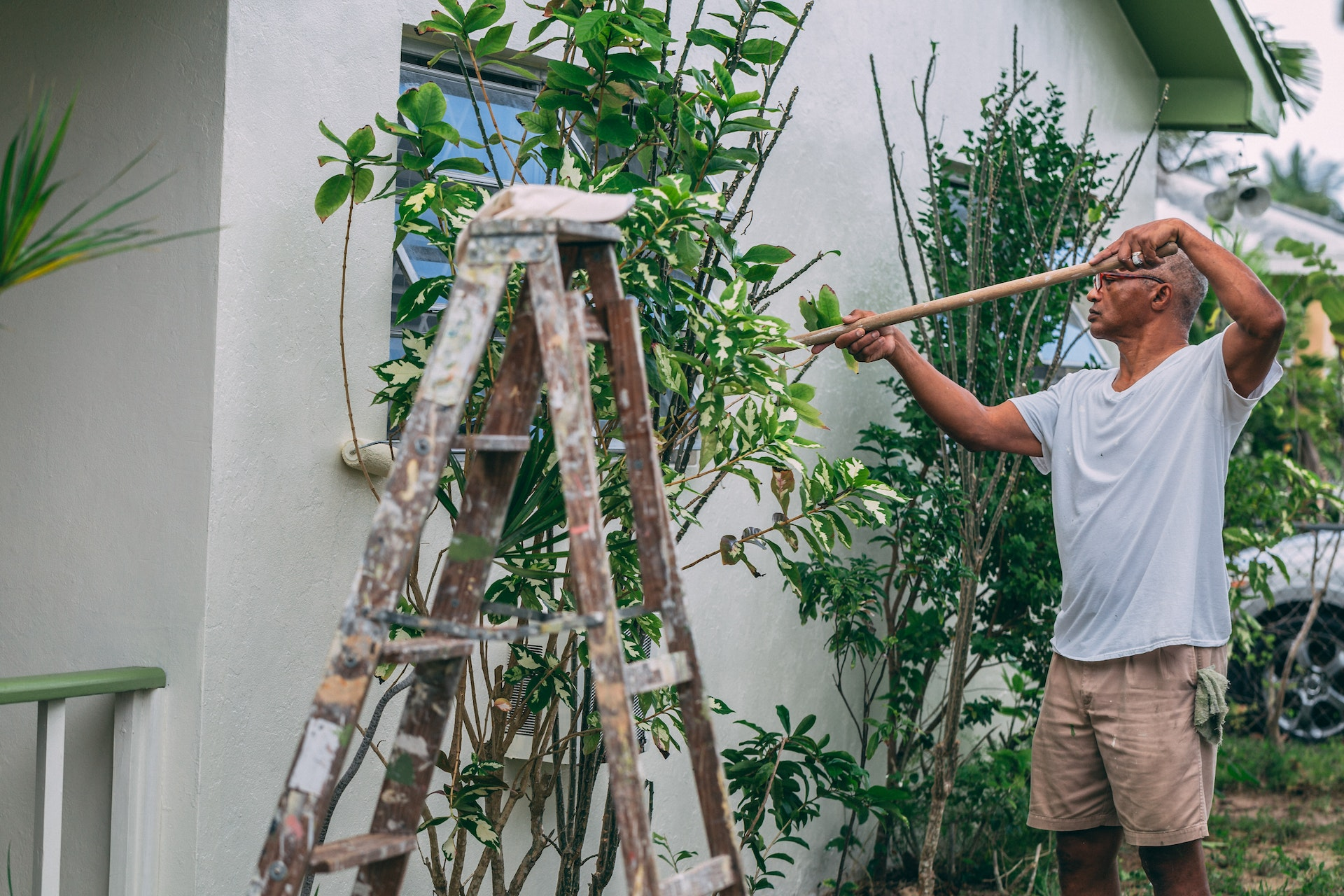
Garden walls serve not only as functional structures but also as a canvas for your personal style. Rendering, the process of applying a cement render like sand and cement, is often used to create a smooth, protective finish on exterior walls. While it does offer protection from water penetration, rendering may not suit everyone’s taste or budget.
You should familiarize yourself with the pros and cons of rendering before deciding to commit to it. On the plus side, rendering can provide a professional finish and protection from the elements, especially when using recommended materials like sand and cement renders or polymer-enhanced lime render. However, expect rendering to be time-consuming and may require regular maintenance to ensure its longevity.
If you’re looking for a more unique and personalized finish, consider exploring cheaper alternative options to rendering. Each alternative brings its own benefits and drawbacks, necessitating careful consideration before a final decision is made. Keep reading to discover exciting alternatives that can transform your garden wall into an eye-catching focal point.
Pebbledash: A Textured Alternative
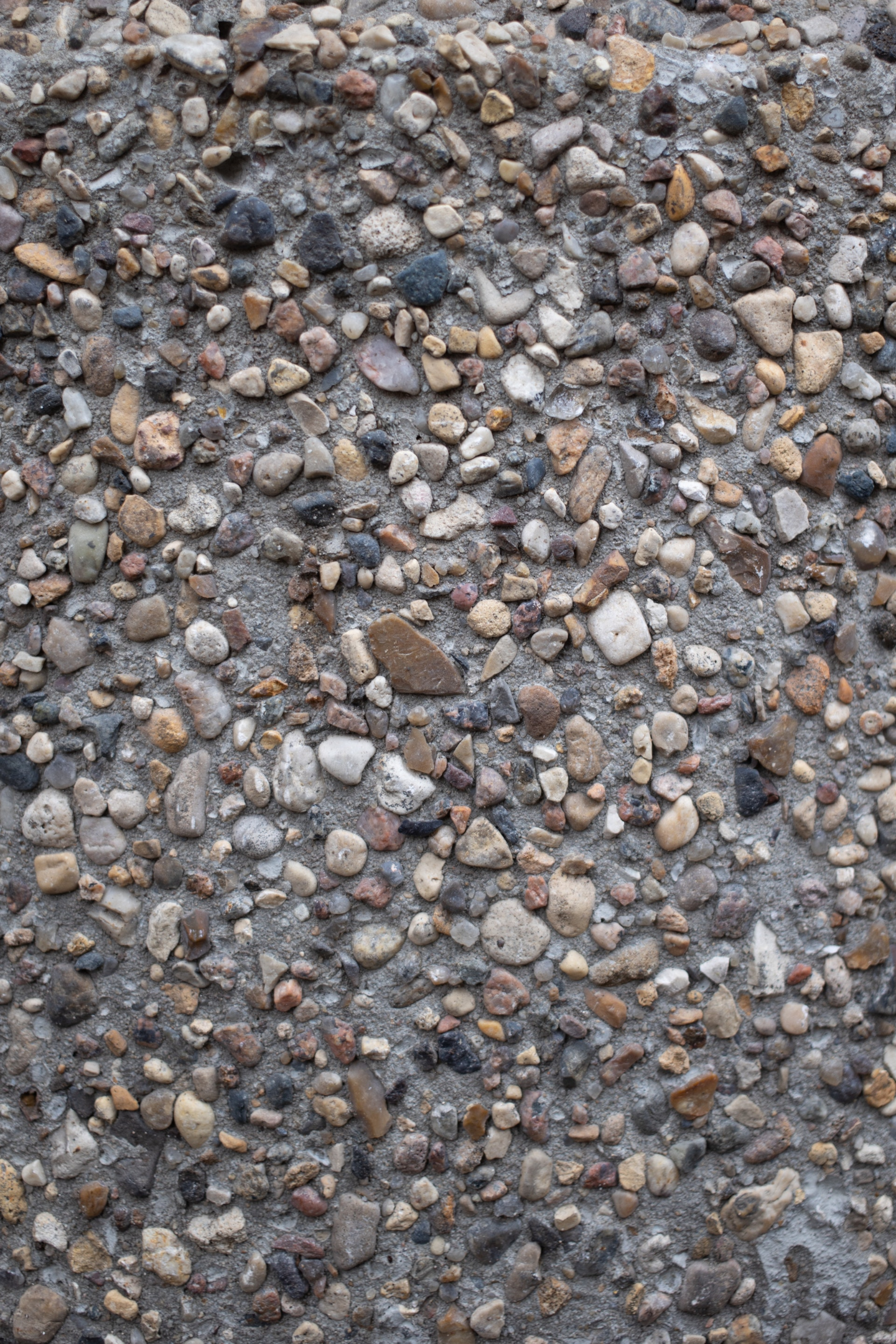
Pebbledash is a fantastic alternative to rendering that adds visual interest and depth to a garden wall. This technique involves embedding small pebbles into a layer of mortar or plaster, creating a textured finish that can be both aesthetically pleasing and practical. Some of the exciting materials you can use for pebbledashing include:
- Terracotta
- Porcelain
- Quartz
- Synthetic polymers
- Slate chippings
- Garden pebbles and cobbles
Each material has its own unique characteristics and charm.
Despite pebbledash being a compelling alternative to rendering, understanding its advantages and disadvantages is vital. One significant advantage is that it typically requires less maintenance compared to roughcast. However, pebbledash can be vulnerable to weather damage, so regular inspection and maintenance are crucial for its longevity.
To create a stunning pebbledash wall, follow these steps:
- Prepare the surface by cleaning it thoroughly and dampening it to minimize water absorption.
- Once the wall is ready, apply the pebbledash mixture.
- Add a second layer of smaller stones for extra protection and an even more attractive finish.
Roughcast: Rustic Charm
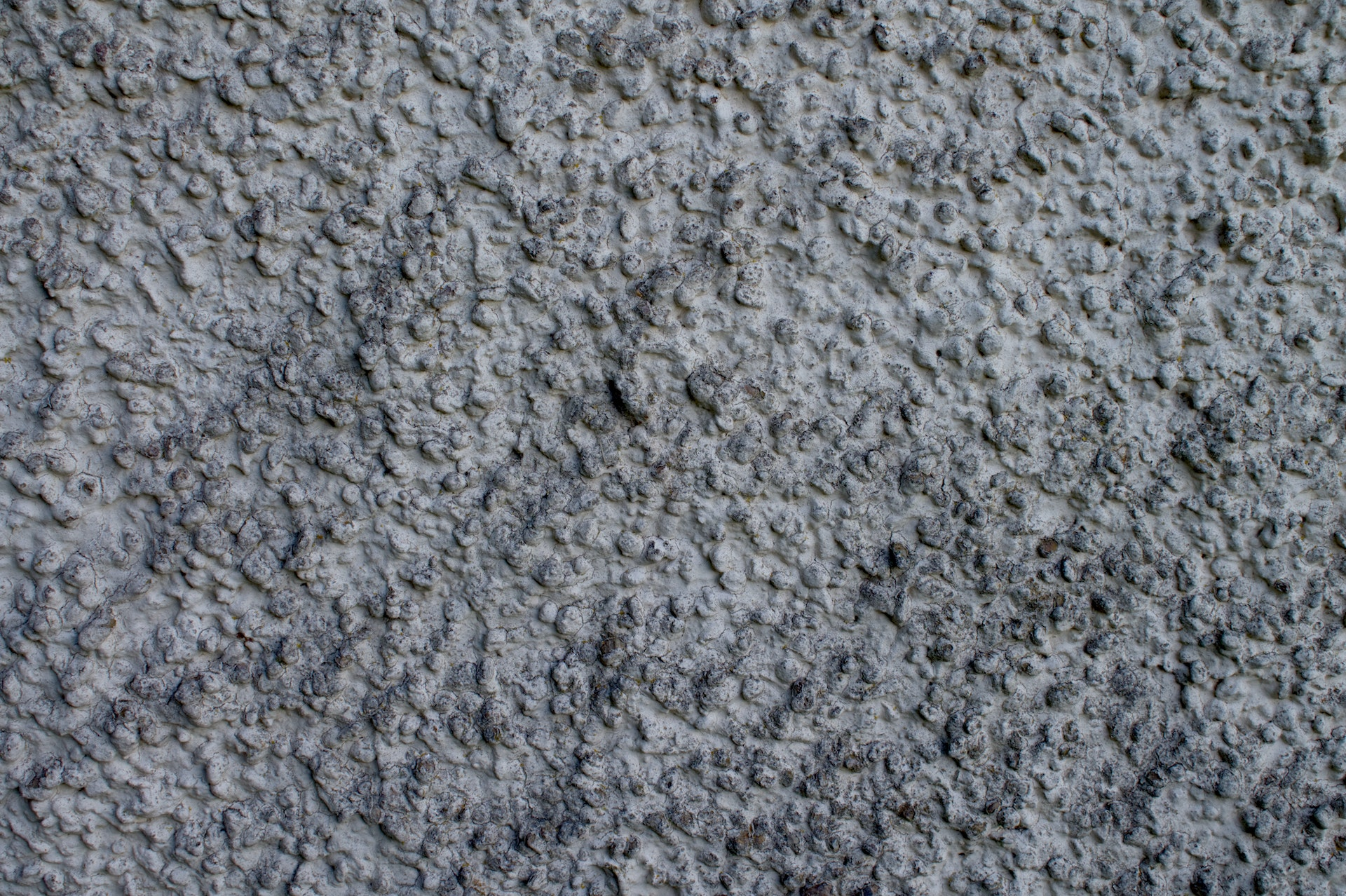
If you’re looking for a rustic and charming alternative to rendering, consider roughcast. Roughcast is a mixture of sand, cement mortar, and water applied to a wall surface to create a natural stone texture. It offers fantastic durability and unique textures that can elevate any outdoor area.
Nevertheless, roughcast surfaces typically aren’t waterproof, necessitating regular maintenance to avert future water damage. To apply roughcast, you can use a plastering trowel or brush for a smooth finished surface.
Recently, a variety of exciting mixes of roughcasting have been created. These include both cement and mineral oils, which makes them even stronger, as well as resin-based binders to help prevent temperature-related cracks. This innovation brings an added layer of durability to the rustic charm of roughcast walls.
Cladding: Durable Protection
Cladding is another stylish alternative to rendering that provides durable protection for garden walls. In this process, materials like stone, composite, or metal are applied directly onto the existing wall, creating an additional layer of protection against wind, rain, and potential water damage. Concrete blocks, stone slabs, and metal sheets are popular materials for cladding. All three provide a range of benefits, such as improved insulation and enhanced aesthetics.
To create a stunning cladded garden wall, follow these steps:
- Start by laying out your chosen material over a strong structure.
- Attach each piece securely in place.
- Once the cladding is installed and smoothed down, you can paint or apply sealant to finish it off.
Despite the numerous benefits cladding provides, such as improved aesthetics and elemental protection, it might be more costly compared to other alternatives like pebbledash or roughcast. But, many homeowners find that the extra cost is worth it due to the unique character and durability that cladding provides.
Mixing Materials: Creative Combinations
For those who crave a truly unique and contemporary look for their garden walls, mixing materials like stone, wood, and metal can create a striking visual effect. By experimenting with different combinations, you can find the perfect balance of style and function for your outdoor space.
Some exciting combinations you can use for garden walls include stone walls and wood, wood and metal, and stone and metal. When mixing materials, consider the overall look of the area, the practicality of the materials, and the durability of the materials to ensure a harmonious blend of style and function.
Mixing materials not only allows you to create a one-of-a-kind garden wall but also ensures that your outdoor space stands out from the crowd. So, don’t be afraid to think outside the box and let your creativity flow when it comes to designing your garden walls.
Living Walls: Greenery Galore
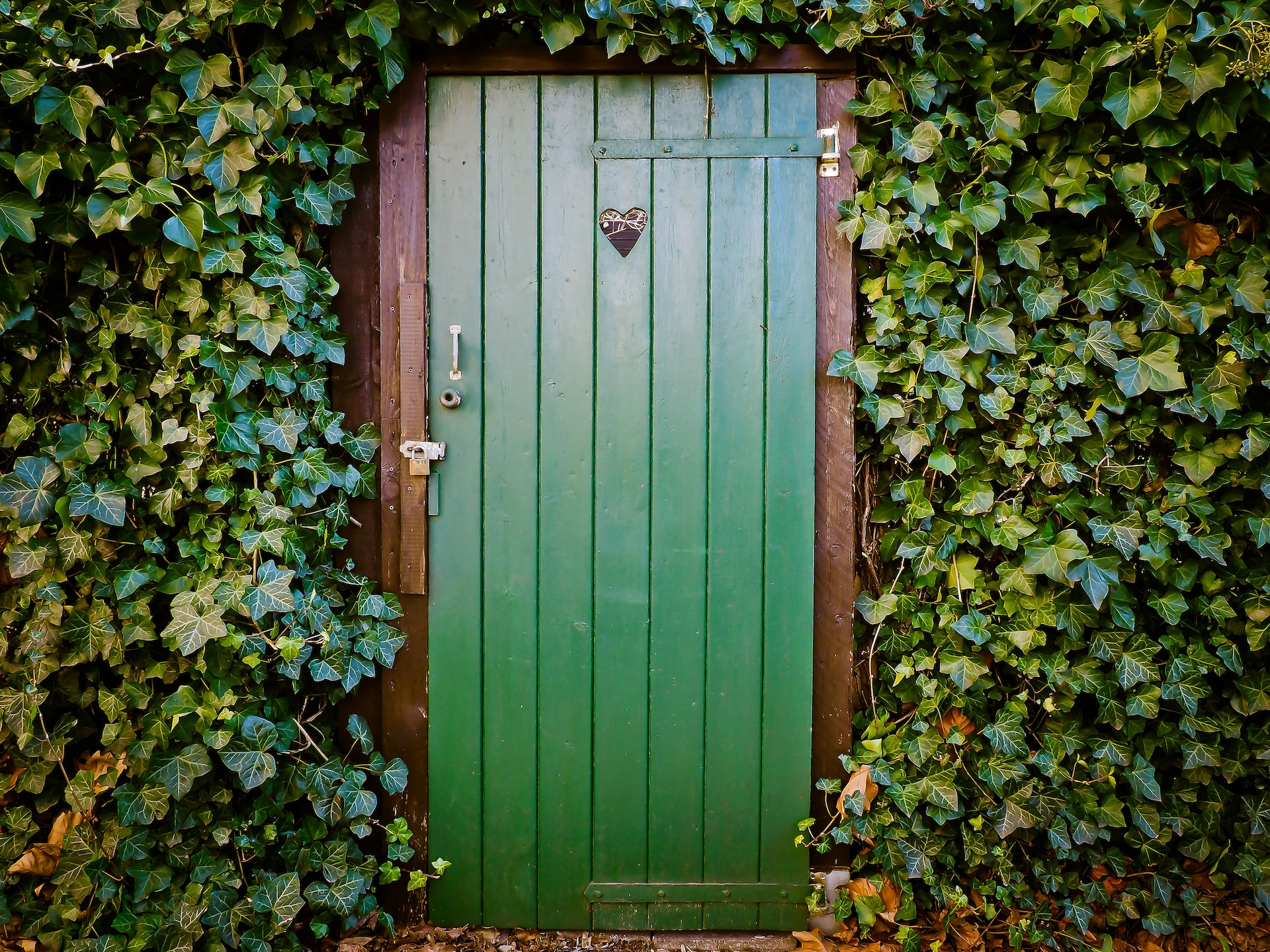
Living walls are an innovative alternative to traditional garden walls that bring a breath of fresh air to any outdoor space. These lush tapestries of foliage and blooms are created using stackable pod systems securely attached to a plain wall.
Not only do living walls add visual interest to your garden, but they also offer numerous benefits, such as significantly improving air quality and promoting urban biodiversity. Creating a living wall is made easy with stackable pod systems that make installation a breeze.
Maintaining your living wall’s health and vibrancy requires regular care, such as watering, pruning, and fertilizing. With proper care, your living wall will continue to thrive, bringing life and energy to your garden and making it an inviting space for family and friends to enjoy.
Painted Murals: Artistic Expression
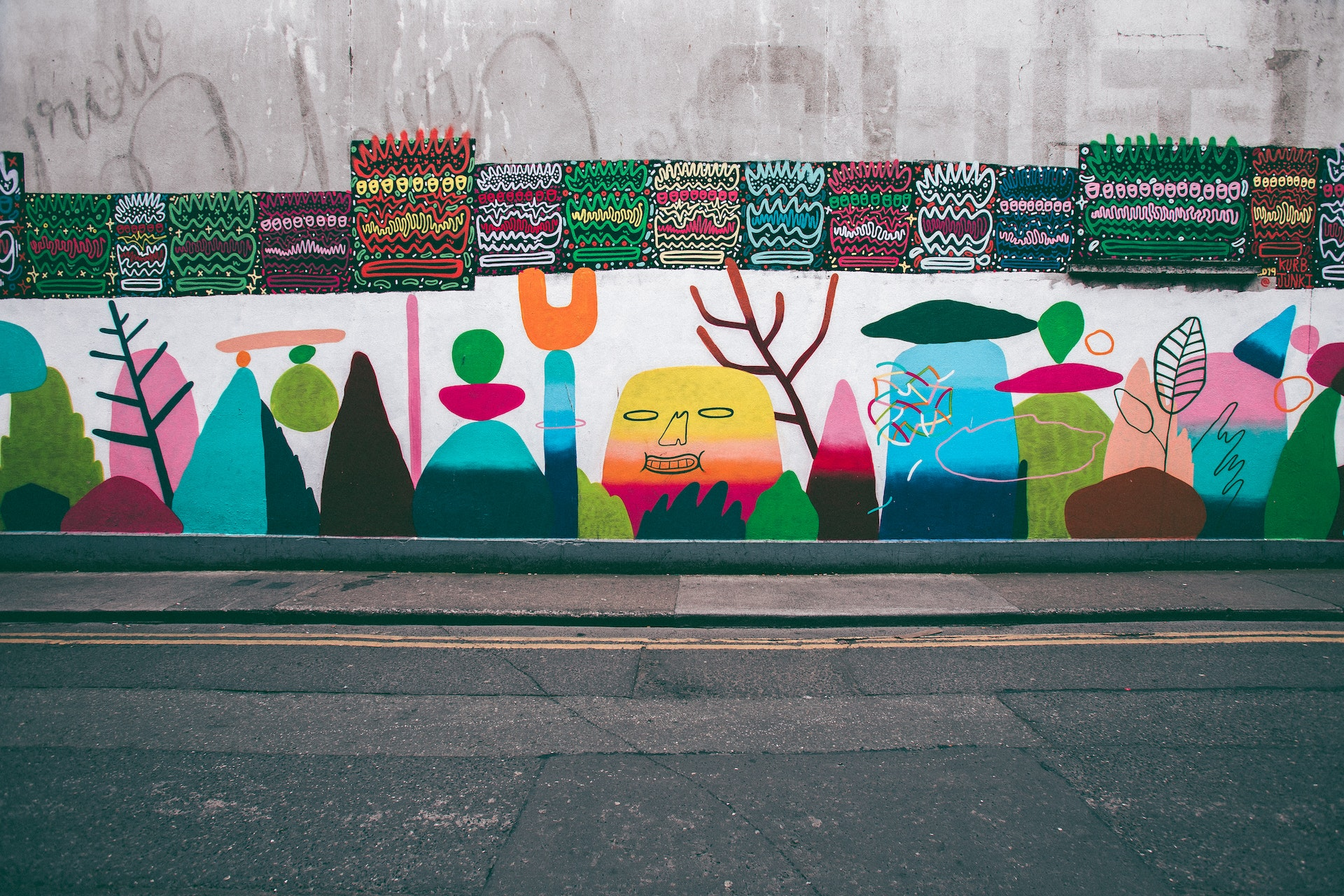
If you’re looking to transform a plain garden wall into a stunning work of art, painted murals are an excellent option. With just a few brushstrokes, you can create a captivating scene that adds personality and flair to your outdoor space.
To achieve the best results in your exterior space, use cool tones to create an illusion of space, or opt for bold colours to make a statement piece. The key is to choose an evocative image that blends with the view beyond your garden, using subtle receding tones to aid in forming the illusion of space.
Whether you’re an experienced artist or just starting to explore your creative side, painted murals offer an opportunity to express yourself and make your garden truly one-of-a-kind. So, grab your paintbrush and let your imagination run wild as you create a masterpiece on your garden wall.
Fencing and Screens: Privacy and Style
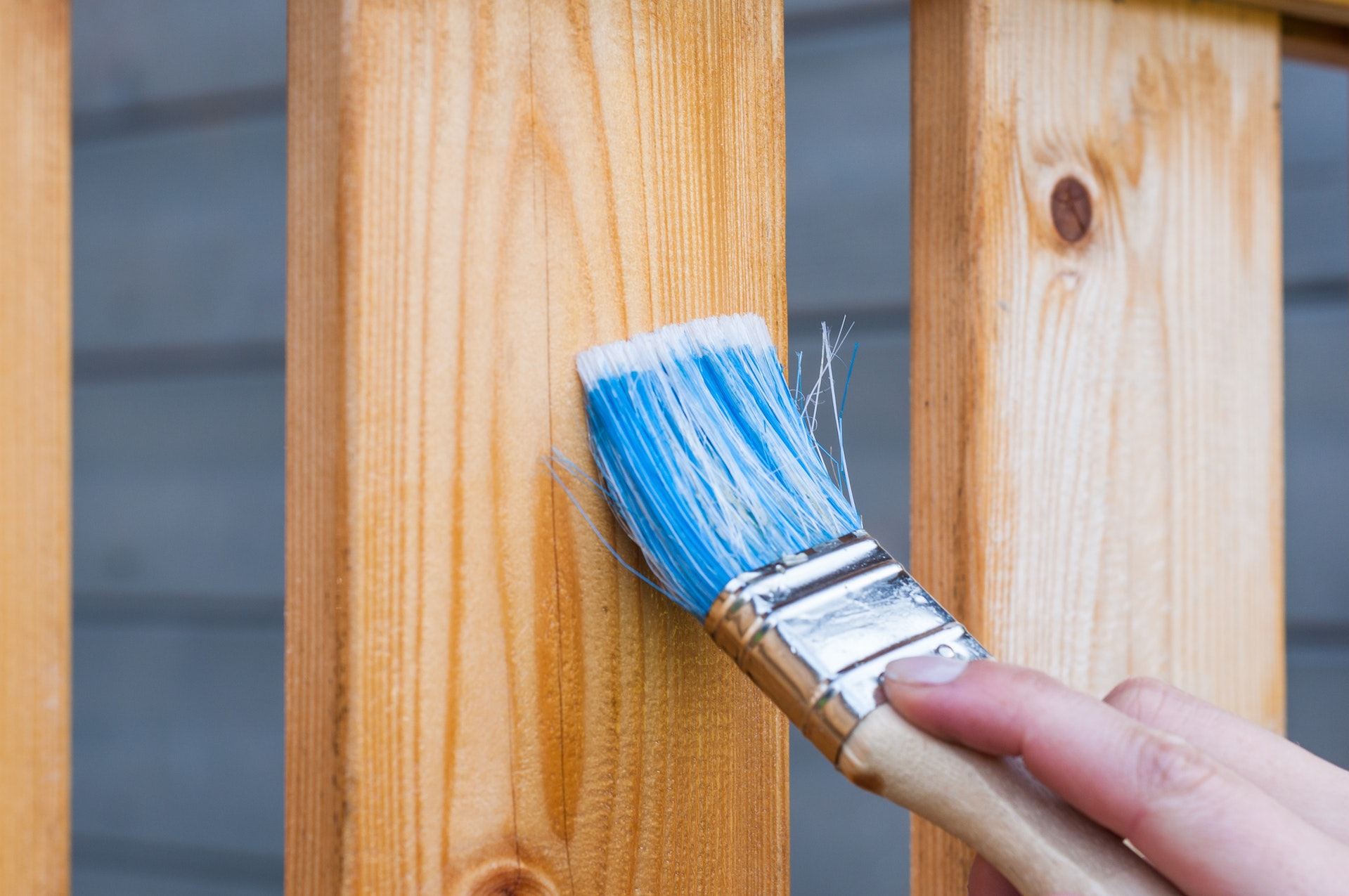
Fencing and screens offer privacy and style while serving as an alternative to traditional garden walls. Options include decorative metal screens, narrow-slatted fences, and fretwork panels that can add both function and flair to your outdoor space.
Some inspiring examples of decorative metal screens and fencing include the family-friendly garden designed by Robert Myers, built by Landform Consultants, and decorative metal panels from Peter Reader Landscapes. Narrow-slatted fences offer creative freedom with colourful paint jobs and can easily be incorporated into water features and outdoor lighting designs.
By exploring the wide range of fencing and screen options available, you can find the perfect solution that not only provides privacy but also enhances the overall aesthetic of your garden. So, consider swapping out traditional brick walls for stylish and functional fencing and screens that can truly elevate your outdoor space.
Comparing Alternatives: Making the Right Choice
Having explored the exciting alternatives to rendering garden walls, evaluating the pros and cons of each option becomes crucial in making the best choice for your outdoor space. Factors to consider include cost, maintenance, and aesthetic appeal.
Pebbledash, roughcast, and cladding each present unique advantages and disadvantages, making it paramount to assess which option best caters to your needs. Remember to think about the size of your space, the materials you’d like to use, and the overall look you want to achieve when making your decision.
By carefully considering the alternatives and selecting the one that best fits your style and budget, you can create a garden wall, such as a block wall or a brick wall, that not only serves its purpose but also enhances the beauty and charm of your outdoor space.
Tips for Maintaining Alternative Garden Wall Solutions
The longevity of alternative garden wall solutions, including external wall options, depends on proper maintenance. Regularly clean and inspect your chosen alternative to ensure it remains in good condition and continues to enhance your outdoor space.
For best results, use quality products and materials suited for your specific garden wall solution, such as lime mortar for historic walls or pressure-treated wood for retaining walls. By being proactive with maintenance and using the right materials, you can enjoy a beautiful and functional garden wall for years to come.
Summary
In conclusion, there are numerous creative alternatives to rendering garden walls that cater to various styles, budgets, and preferences. From the textured charm of pebbledash to the lush greenery of living walls, the options are endless. By carefully considering your needs and experimenting with different solutions, you can create a garden wall that not only serves its purpose but also adds a personal touch to your outdoor space. So go ahead, let your imagination run wild, and transform your garden into a unique and inviting haven.
Frequently Asked Questions
What can be used instead of render?
There are plenty of alternatives to render, such as stone, vinyl, brick, glass, timber, weatherboard, fibre cement and metal cladding. So whatever look you’re trying to achieve, there’s bound to be a material that fits the bill.
Is rendering a garden wall a good idea?
Rendering a garden wall is a great way to modernise your outdoor space while also making it rainproof. With the added benefit of reflecting light, it’s a smart choice for anyone looking to spruce up their garden area. Adding a rendered wall to your garden can be a great way to add a modern touch to your outdoor space. It will also help to protect your garden from the elements, and the reflective properties of the
Is bagging cheaper than render?
Bagging is a cheaper and simpler alternative to render, allowing competent homeowners to complete the project easily. It uses pre-mixed mortar with cement, sand and plasticiser, such as hydrated lime.
How can I apply Roughcast to a garden wall?
Applying Roughcast to your garden wall is simple – just use a plastering trowel or brush for a smooth finish. Be sure to follow all the steps, and you’ll have a gorgeous garden wall in no time!
What are some exciting materials that can be used for pebbledash?
Transform your exterior walls with exciting materials like terracotta, porcelain, quartz, synthetic polymers, slate chippings, and garden pebbles and cobbles for pebbledash!
Comments are closed